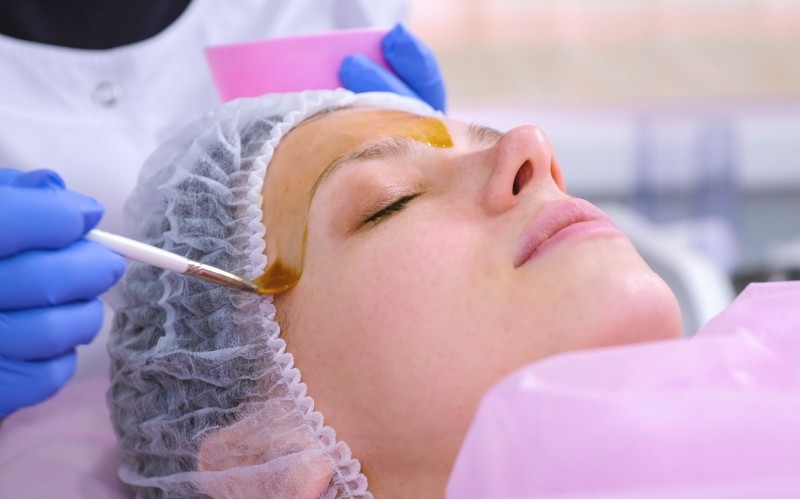
The UK non-surgical aesthetics industry is estimated to be worth over £3billion. Trends may change year on year, but treatments including botox, fillers and chemical peels remain as popular as ever. Social media, influencers and the entertainment industry may present idealistic images of beauty where many celebrities highlight the results of high-end aesthetic treatments but, for most of us, these are expensive luxuries. That said, a recent YouGov survey found that 50% of adults wished they could change their appearance with 21% having already had or seriously considering a cosmetic procedure with the hope it would improve their appearance and/or mental health.
However, what many people do not realise is that this is a largely unregulated industry and the practitioner carrying out your treatment could have no relevant qualifications or appropriate insurance cover in place. This is not only dangerous to public health but is also detrimental to the industry’s reputation where those practitioners who ensure they are qualified, insured and take pride in their business are tarred with the same brush as those who are taking unnecessary risks.
The same YouGov survey found that 75% of people wanted restrictions introduced to safeguard those receiving aesthetics treatments. The Scottish Government has responded with a pledge to introduce legislation on licensing and restricting the administration of some treatments such as dermal fillers. The British Beauty Council has welcomed this announcement and are working with the government to make these changes.
For now though, if you are considering an aesthetics treatment, you should ensure that you do your research into any treatment and the products used. You should select a practitioner who is qualified in the treatment(s) offered and look for impartial reviews, examples of their work and that any premises they work from feels clean and sterile. You should discuss your potential treatment with the practitioner in detail before commencing, both in terms of the cosmetic results you are hoping to achieve from it as well as any important aftercare information for infection control. Lastly, you should also ensure that any preliminary steps prior to the treatment itself, such as a patch test, are carried out before going ahead with the full treatment.
Whilst a prudent business owner should have insurance, even those that do can run into difficulties because their insurance policy doesn’t cover certain events. For example, a policy may cover injury such as if a client were to slip walking across the salon or clinic floor but the terms may exclude an injury claim if it related to the treatment itself such as an infection at an injection site. If you are receiving a treatment, it is important to see evidence that your practitioner is fully insured for the specific treatment they are providing before commencing.
If you have had an aesthetics procedure which has gone wrong then please feel free to contact us to discuss your potential claim further.
